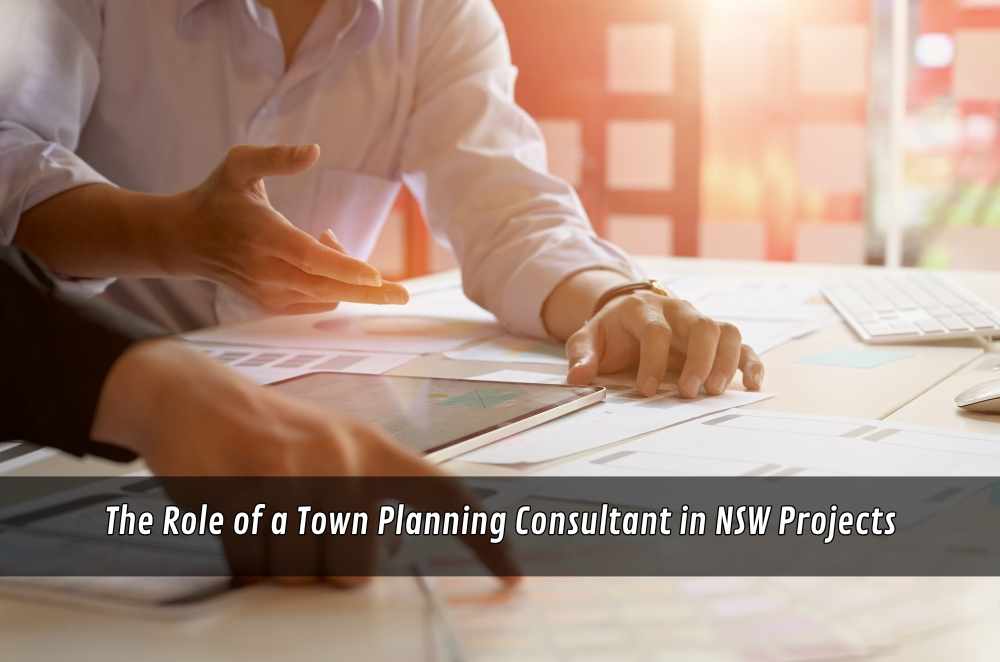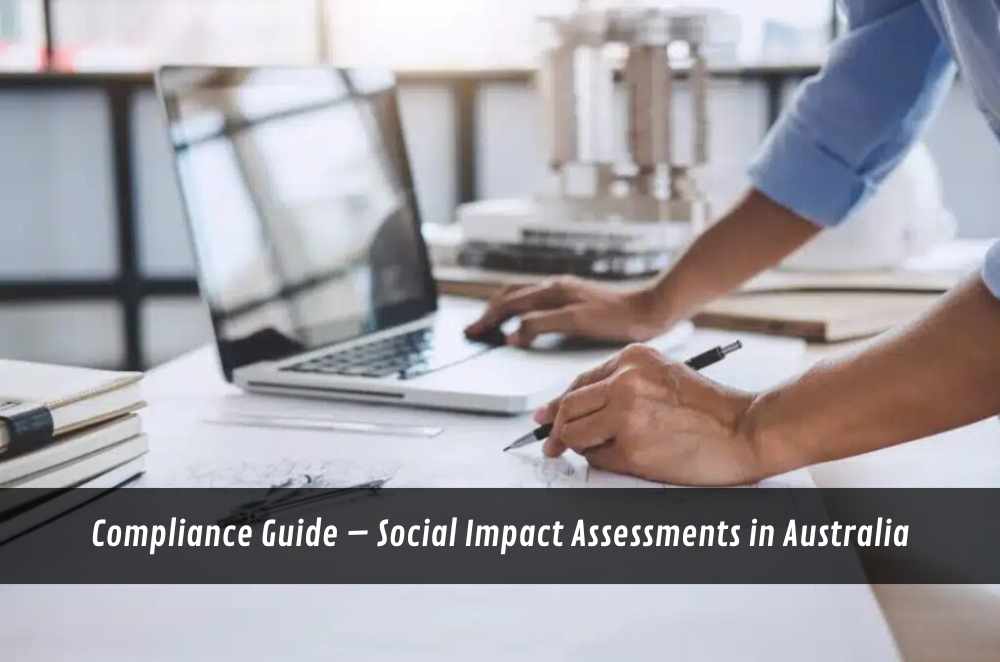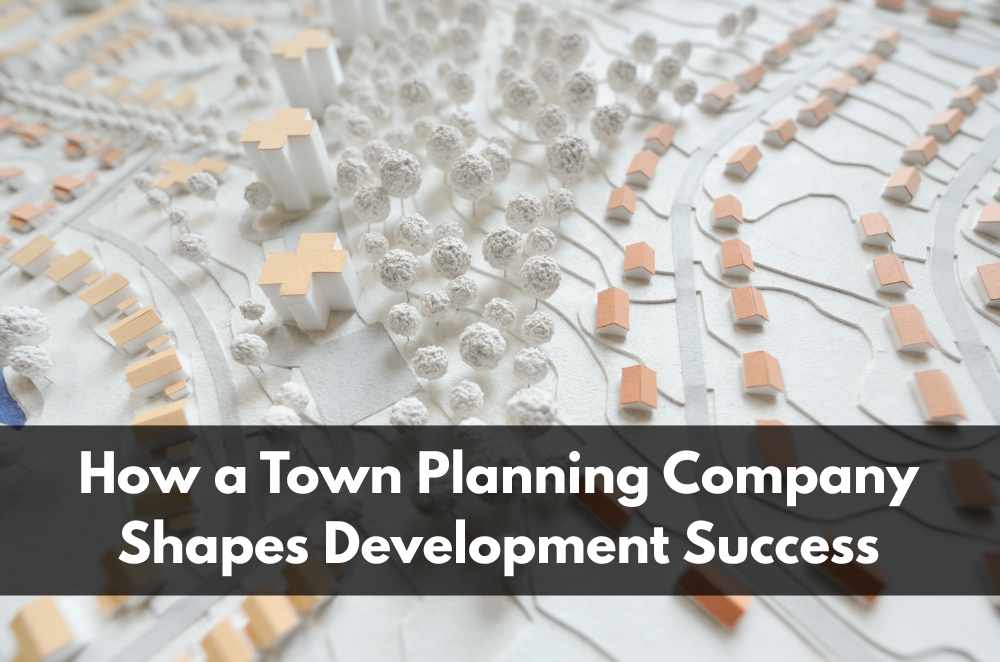
Kicking off a project in NSW? It’s more than just sketches and site visits. You start digging into planning codes, and suddenly you're juggling overlays, zoning, environmental rules — and a bunch of council jargon that doesn’t always make sense.
This is where experienced consultants can make a major difference. They understand how council frameworks actually work on the ground — not just on paper — and how to align your project with planning requirements without unnecessary delays. They're not just ticking boxes; they're anticipating potential bottlenecks and smoothing out the path before you hit trouble.
In one project I worked on in the Northern Rivers region, our consultant helped flag a height restriction hidden in an obscure control document — something that would have been easy to miss. Their insight helped us avoid a complete redesign and a six-month delay.
What town planning consultants actually do
A town planning consultant’s role is broad, but their mission is focused: to turn development potential into real outcomes without getting caught in red tape. They're not just permit processors — they're strategists, negotiators, and risk managers.
Here are a few key areas where they add value:
Site review: Analysing site-specific constraints like bushfire overlays, flooding, or heritage listings
DA management: Preparing and lodging development applications with councils
Stakeholder coordination: Engaging traffic, environmental, and urban design consultants
Planning justification: Crafting statements that align your project with local and state policies
Post-lodgement support: Handling requests for additional information or objections
By the time a DA hits the assessment table, a good consultant has already positioned it to succeed — not just comply.
Working through the approval pathway in NSW
Planning in NSW? It’s not just one rulebook. Sure, there's a framework that everyone starts from, but how it plays out? That depends. Different councils have different interpretations, different vibes. What flies in one place can raise eyebrows somewhere else.
The NSW development assessment process includes more than just filling out a form. There’s the early back-and-forth, application paperwork, council review, sometimes public comments — and in trickier cases, it might even end up in a planning panel or court.
I’ve seen basic projects get tangled up because a detail didn’t tick the right policy box. One time, a privacy concern — something minor, really — ended up holding things up for weeks. A planner we were working with reframed the whole pitch, zeroed in on how the design met the intent of the controls, and cleared it up. Would’ve dragged on otherwise. Sometimes it’s just knowing how to speak their language.
Practical reasons town planners still matter
There’s a common misconception that planning consultants are only necessary for large or complex developments. In reality, their input often proves crucial even in smaller projects — like dual occupancies, secondary dwellings, or heritage renovations — especially when sites come with layers of constraints or unusual zoning.
The truth is, there are plenty of moments in the early stages of a build where an overlooked detail — like vegetation protection, floor space ratios, or driveway gradients — can quietly derail the timeline. That’s why town planners are still essential, regardless of project scale. They know what to watch for, when to intervene, and how to position a proposal so that it meets both policy and community expectations.
Here’s where their input makes a noticeable impact:
Spotting issues in the design before they trigger objections
Navigating older LEPs that haven’t been updated in years
Aligning your brief with what the council can actually approve
Keeping consultant reports consistent across disciplines
Having that foresight baked in from the beginning can keep things moving when the pressure ramps up, especially when multiple consultants are involved, deadlines are tight, or unexpected planning objections arise.

Rethinking the risks of going it alone
While it's technically possible to prepare and lodge your own development application, the reality is a lot more complicated. Just because the documents are public doesn't mean the interpretation is straightforward — or that the council will accept a well-meaning effort without the necessary planning logic behind it.
That’s where the difference between DIY planning vs expert advice becomes clear. Without someone experienced to navigate policy intent, strategic justifications, and local sensitivities, even a seemingly minor application can become drawn out or rejected. Things like missed design principles, overlooked overlays, or mismatched supporting reports are common pitfalls.
In one instance, a landowner submitted what looked like a well-organised DA for a small infill build. But without a planner to coordinate engineering and urban design input, the application stalled for months, eventually requiring a full resubmission. It’s not about qualifications — it’s about perspective.
Final thoughts
Town planning consultants aren’t just for large-scale developments or commercial precincts. They’re for anyone aiming to move a project forward with fewer setbacks, less confusion, and a higher degree of confidence in an environment that’s only getting more regulated and detail-driven.
Even smaller projects — like single-lot subdivisions or knockdown rebuilds — can face unexpected hurdles when council interpretations shift or public objections gain traction. Consultants help anticipate these challenges before they appear on paper. That foresight can make the difference between a straightforward approval and months of costly back-and-forth.
From small infill builds to multi-dwelling housing, consultants translate planning controls into actionable strategies. They understand how different councils read the same rules and how to frame your proposal to align with both policy and local sentiment.








Write a comment ...